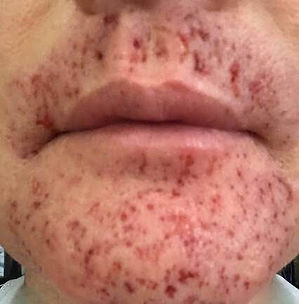top of page
Electrolysis Healing & Complications

Above all else, its important to remember 3 key things in the 3 days after your electrolysis or laser treatment;
1) Avoid the sun. & use sunscreen
2) Avoid hot showers and sweating.
3) Less is More - Many products labelled as healing will in fact make things worse. Aloe is most peoples friend.
bottom of page





